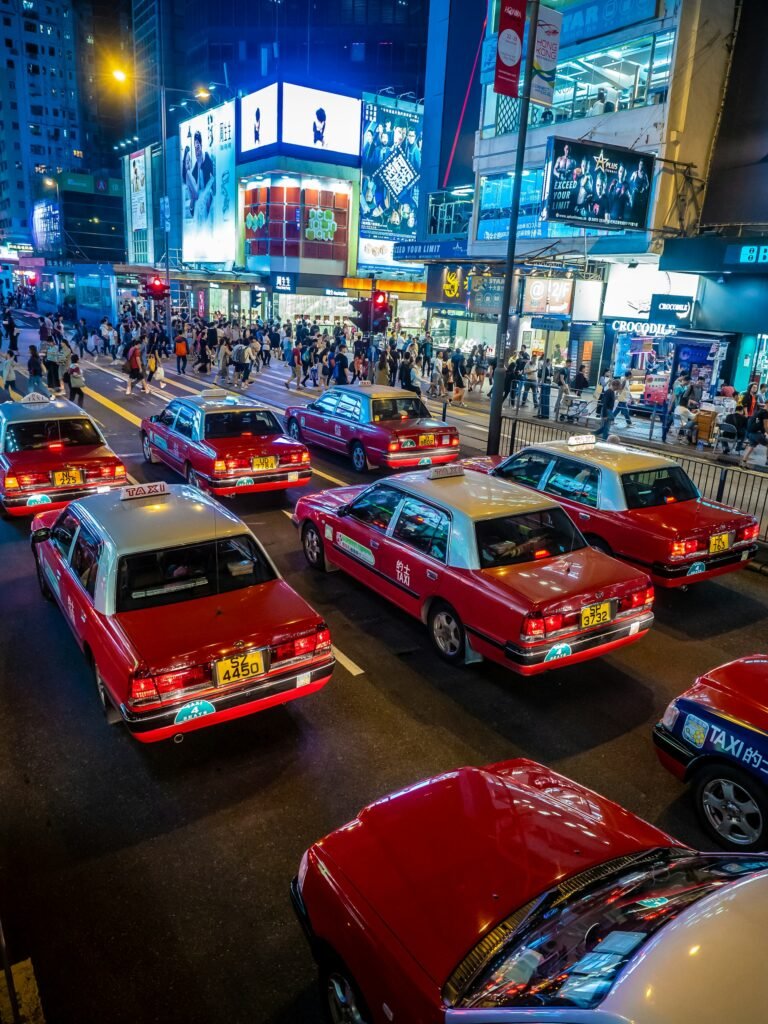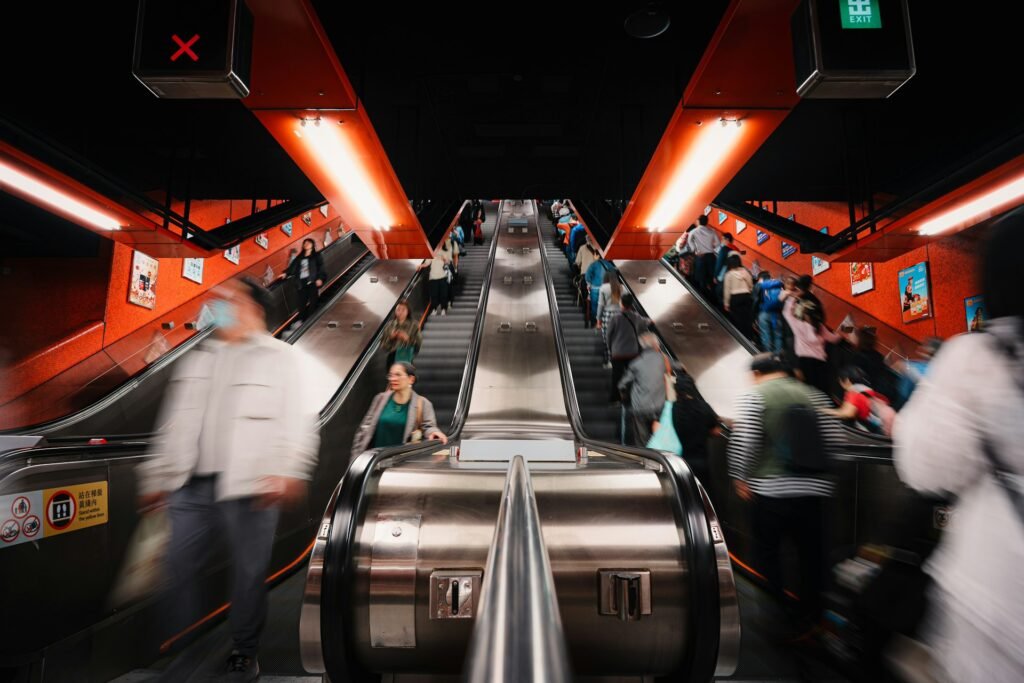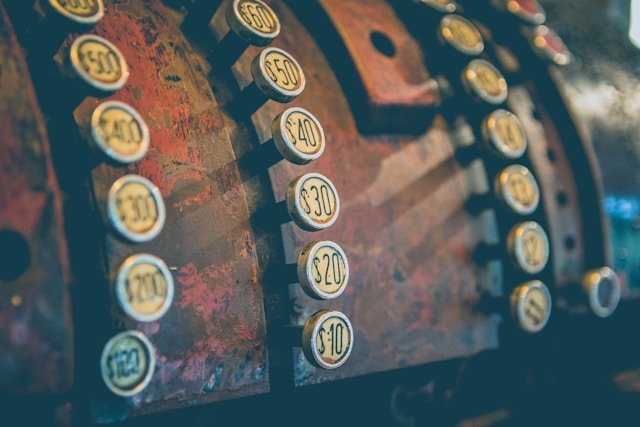Getting Around Hong Kong: A First-Timer’s Guide to Public Transport
Hong Kong prides itself on having one of the world’s safest, most efficient, and frequent public transport systems . For tourists and expats, the city’s MTR trains, buses, minibuses, trams, and ferries offer an easy and exciting way to explore. With a bit of know-how (and an Octopus card in hand), you’ll be navigating Hong Kong like a local in no time. Below, we break down each major transport option – how to pay, what it costs, and tips to make your journeys smooth and fun.
Table of Contents
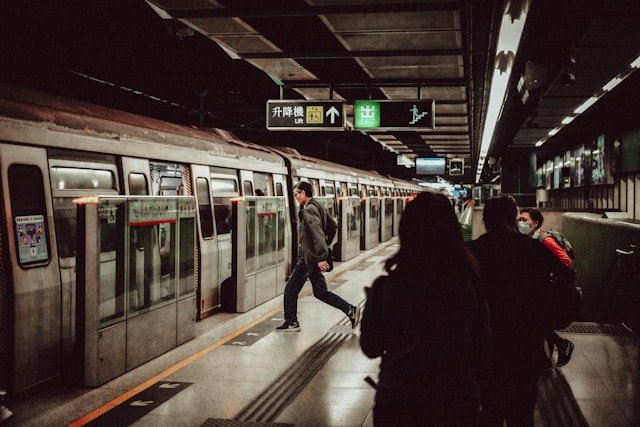
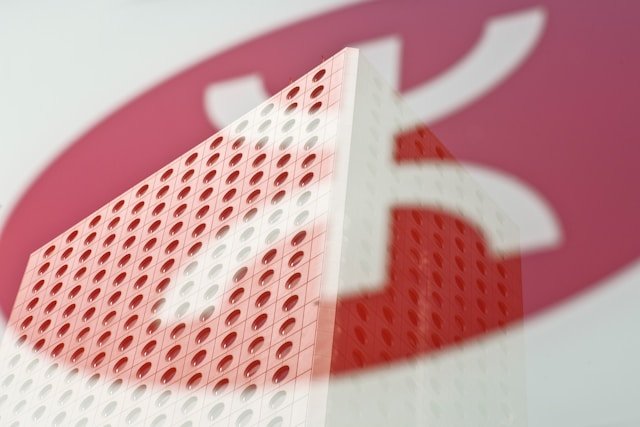
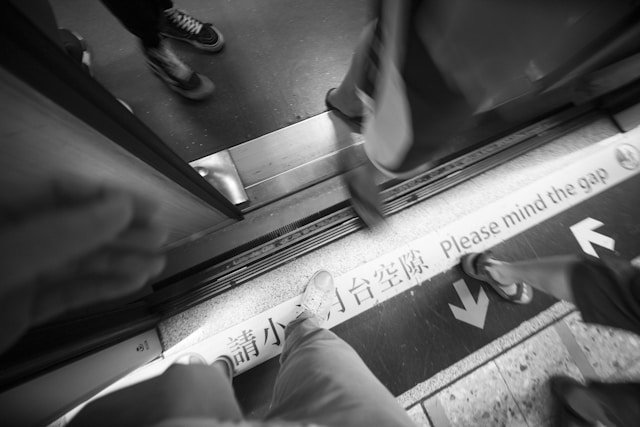
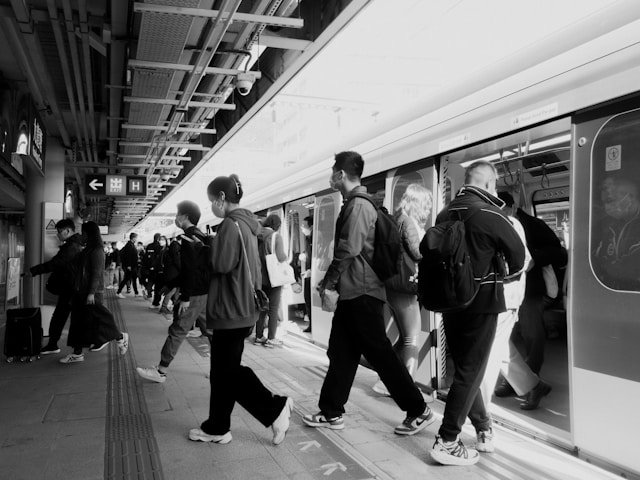
The MTR – Hong Kong’s Rapid Transit Railway
Hong Kong’s MTR (Mass Transit Railway) is a fast, clean, and ultra-efficient subway system that blankets the city . It connects all major districts, from the skyscrapers of Central to the markets of Mong Kok, and even reaches the boundary of Mainland China (though we’ll skip cross-border details here). Trains run roughly every 2-4 minutes, so you’re never waiting long. Stations and maps are bilingual (English/Chinese) and user-friendly, making it easy for first-timers to hop aboard.
Payment & Fares: The Octopus card is the go-to way to pay on the MTR – just tap in and out and the correct fare is deducted automatically . A short ride might cost just HK$4–5, while a cross-town journey could be around HK$15–20. If you don’t have an Octopus, you can buy single-ride tickets from machines, but they cost slightly more . As of 2024, most MTR stations even accept contactless credit/debit cards or mobile wallets at the gate for pay-as-you-go convenience (except on the Airport Express line). Whether you tap a card or an Octopus, it’s quick and hassle-free.
Tips: Try to avoid weekday rush hours (approximately 7:30–9:30am and 5–7pm) when trains and platforms are most crowded . If you must travel at peak times, don’t worry – trains come continuously, and even if one is full, the next one is just a minute or two behind. Stations like Central and Admiralty are major transfer hubs and can get particularly busy; follow the signs and the flow of people, and you’ll be fine. One bonus: the MTR is air-conditioned (a welcome relief in Hong Kong’s humid weather) and extremely punctual. Just remember that eating or drinking is not allowed in stations or trains (to keep things clean). With the MTR, you can zip across town in minutes – it’s often the fastest way to get around Hong Kong’s urban jungle.
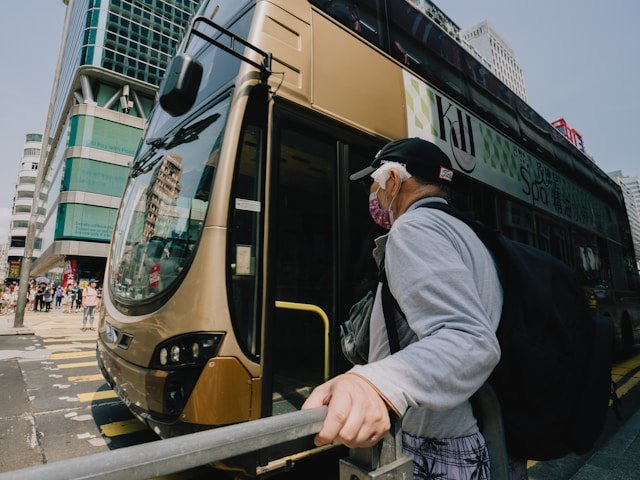
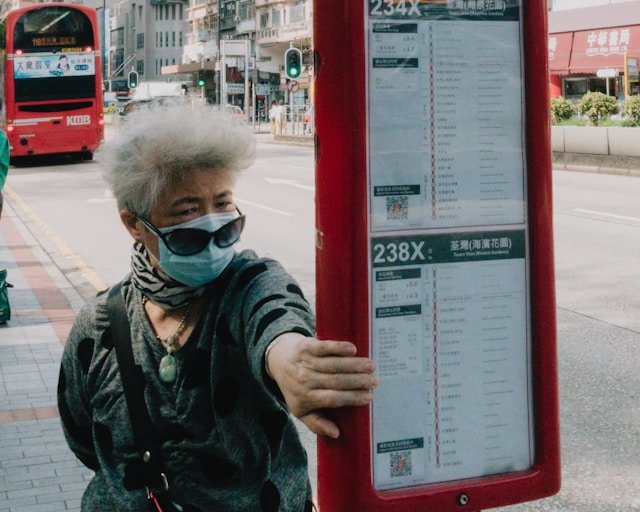
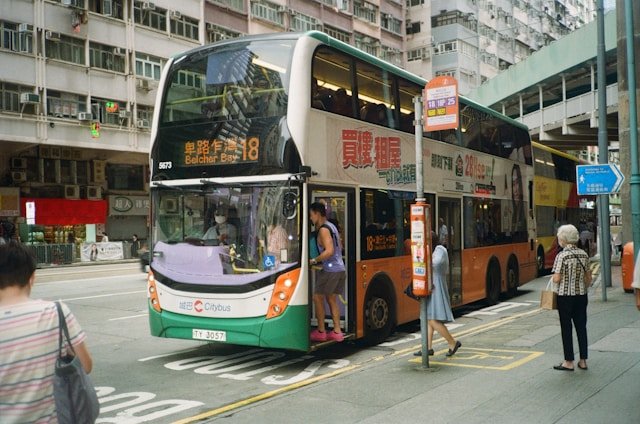
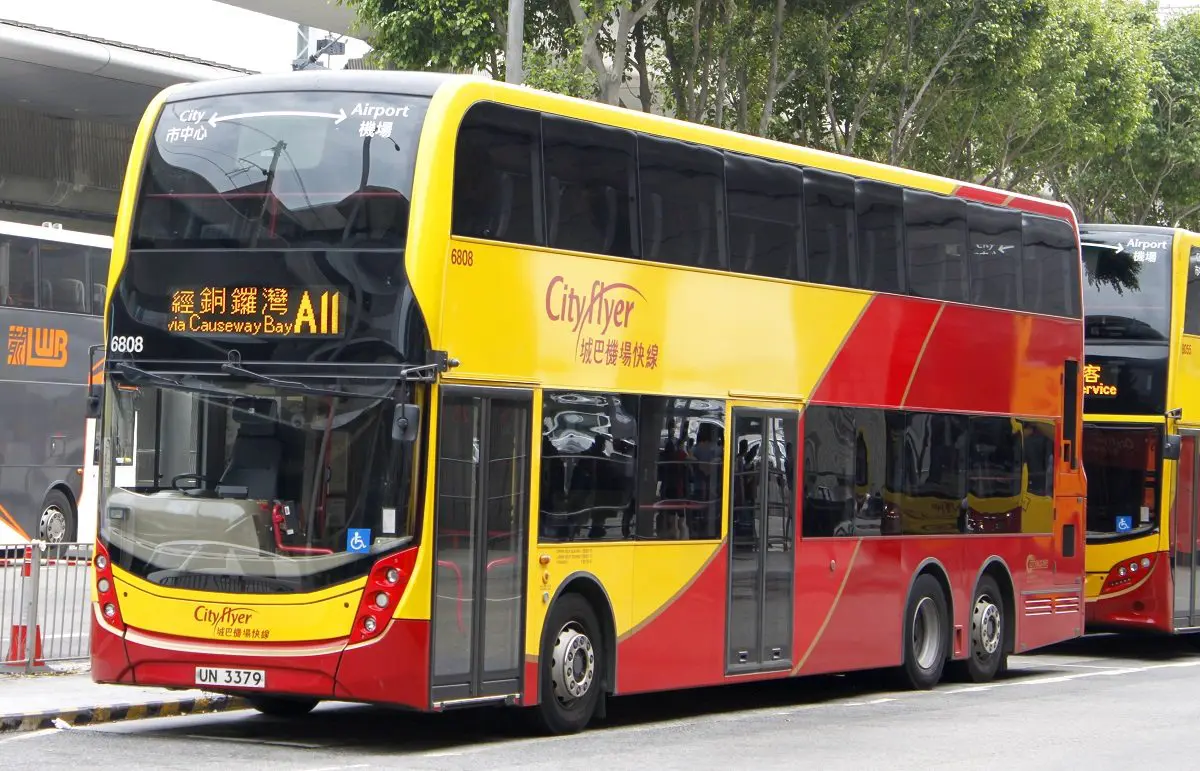
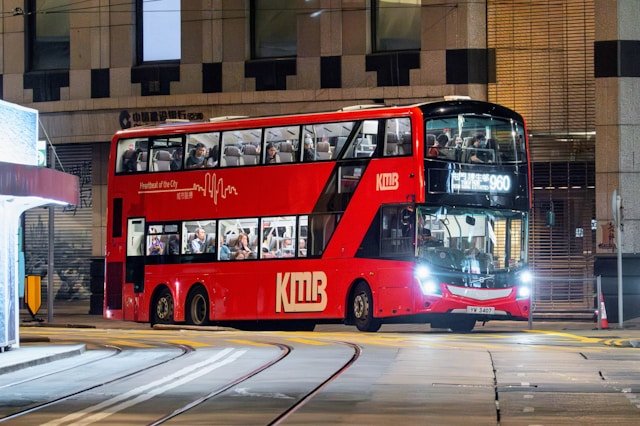
Buses – Double-Decker Adventures
One of the joys of Hong Kong is riding its buses, especially the iconic double-decker buses. These buses are plentiful, comfortable, and blissfully air-conditioned . Grabbing the front seat on the top deck is like getting a sightseeing tour for the price of a bus fare – you’ll have panoramic views of neon-lit streets, bustling markets, or even a sunset over the harbor, depending on your route. Major routes crisscross Hong Kong Island, Kowloon, and the New Territories, reaching many places the MTR doesn’t. Each route has a number and clearly marked destinations in English and Chinese on the front .
Payment & Cost: Pay as you board the bus. You can tap your Octopus card on the reader by the driver – all buses in Hong Kong accept Octopus . If using cash, have exact change ready; bus fares are distance-based and the driver does not give change . Typical fares range from around HK$4 for short hops to HK$10–$15 for longer rides; cross-harbour routes or buses to distant suburbs might be a bit more (but still cheap). Some buses now also support contactless credit card payments or mobile wallets, especially on newer routes and airport buses – but an Octopus will cover you everywhere, so you don’t need to worry about the specifics.
Tips: Buses can be a bit slower than the MTR due to traffic, but they make up for it with scenery. Try a ride on the upper deck of a double-decker at off-peak hours – for example, Bus 6 or 6X to Stanley winds along the coast with gorgeous sea views, and Bus 15C to the Peak tram lets you see the mid-levels scenery. If you’re traveling during rush hour, be prepared for some traffic jams (and possibly standing room only on popular lines). Plan for extra time or opt for the MTR during peak periods if you’re in a hurry.
Pro tip: Locals queue in an orderly line at bus stops – you should line up too, and enter the bus in that order (They usually paint the bus numbers on the ground as well). Press the stop button on board when your stop is next, and exit from the rear door (on double-deckers). With clear announcements and display screens in English, it’s easy to know when to get off. Enjoy the ride – few things are as “Hong Kong” as rumbling along on a double-decker bus with the cityscape unfolding before you !

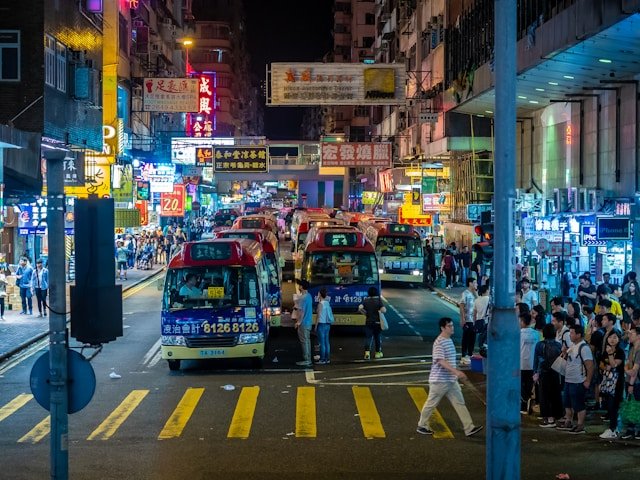
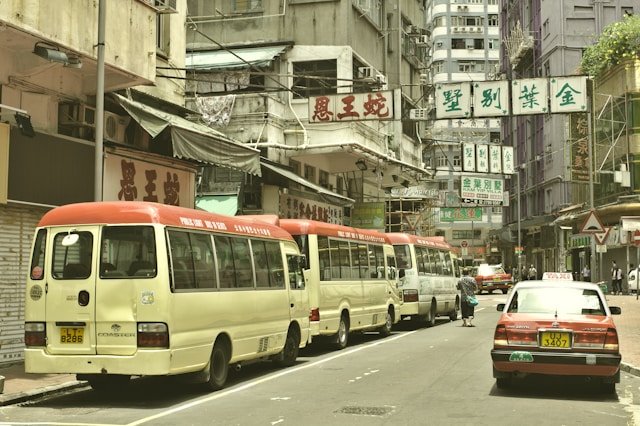
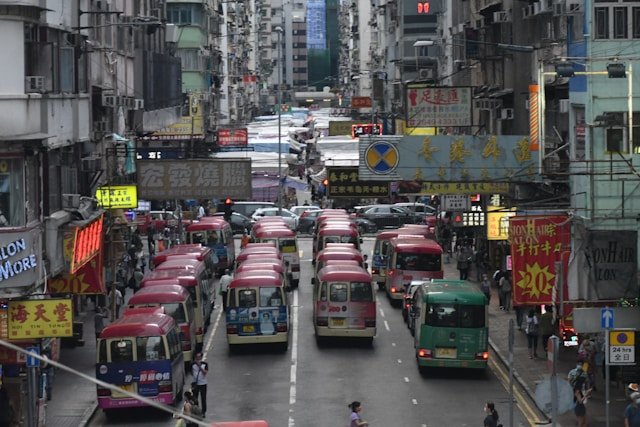
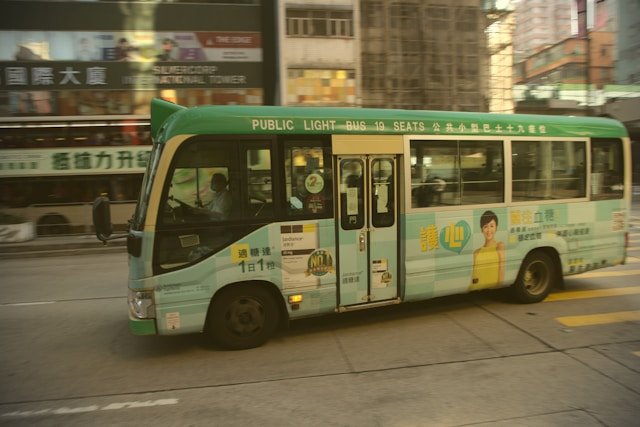
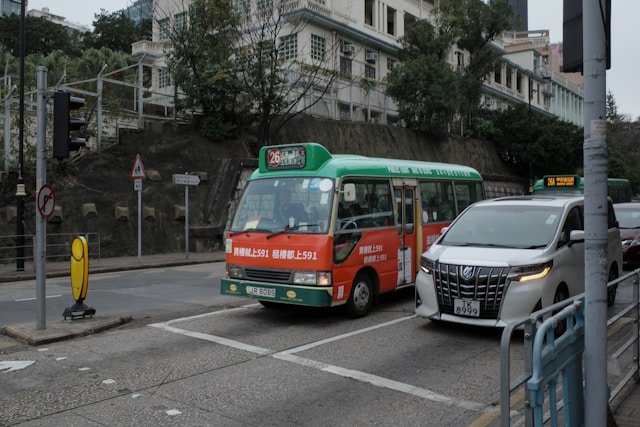
Public Light Buses (Minibuses) – Green & Red Routes
For a dash of local flavor (and a bit of adventure), try Hong Kong’s public light buses, commonly called minibuses. These are 16-19 seat mini-buses that operate on specific routes. You’ll notice they come in two colors: Green minibuses and Red minibuses. The green ones run fixed routes with fixed stops and prices, while red ones have more flexible routing (sometimes they’ll pick up or drop off anywhere along the route) .
Green Minibuses: They have route numbers and set schedules. You pay when you board – either tap your Octopus or drop exact change in the fare box . The fare is fixed (usually HK$5–$20 depending on distance) and shown on a sign. These little buses zoom around neighborhoods and connect to MTR stations, often going into smaller streets where big buses can’t.
Red Minibuses: These are a bit more freewheeling. They usually don’t have fixed timetables – they depart when enough people are on board. They do not accept Octopus, so have cash ready. You typically pay when you get off (handing your money to the driver) . The driver can usually provide change for small bills, unlike other transport . Red minibus routes are usually written in Chinese, and stops aren’t always announced – locals will yell “yauh lok!” (Cantonese for “let me out here!”) to request a stop. If you’re new, it can be a bit daunting to use red minibuses unless you know some Cantonese or have a local friend, but it’s certainly an experience!
Tips: Minibus rides can be fast (sometimes very fast!) – the drivers are known to zip around quickly and even speed up if seats are empty to pick up more passengers. Hold on tight! All passengers are required to wear seat belts when available by law – so buckle up, it’s for your safety. If you’re unsure where to get off, sit near the front and politely tell the driver your destination when boarding – they might remember to signal you (though no guarantees on a busy route). Green minibuses display stops and sometimes even have a recording announcing stops in English, but many rely on you to press the stop buzzer. For tourists, green minibuses are easier to try; for example, the #1A green minibus from Star Ferry pier to Mid-Levels is a handy route. Red minibuses are a thrill ride if you’re feeling adventurous – just know the system is more informal. Either way, minibuses are a fun way to reach off-the-beaten-path spots and see Hong Kong through the eyes of daily commuters.
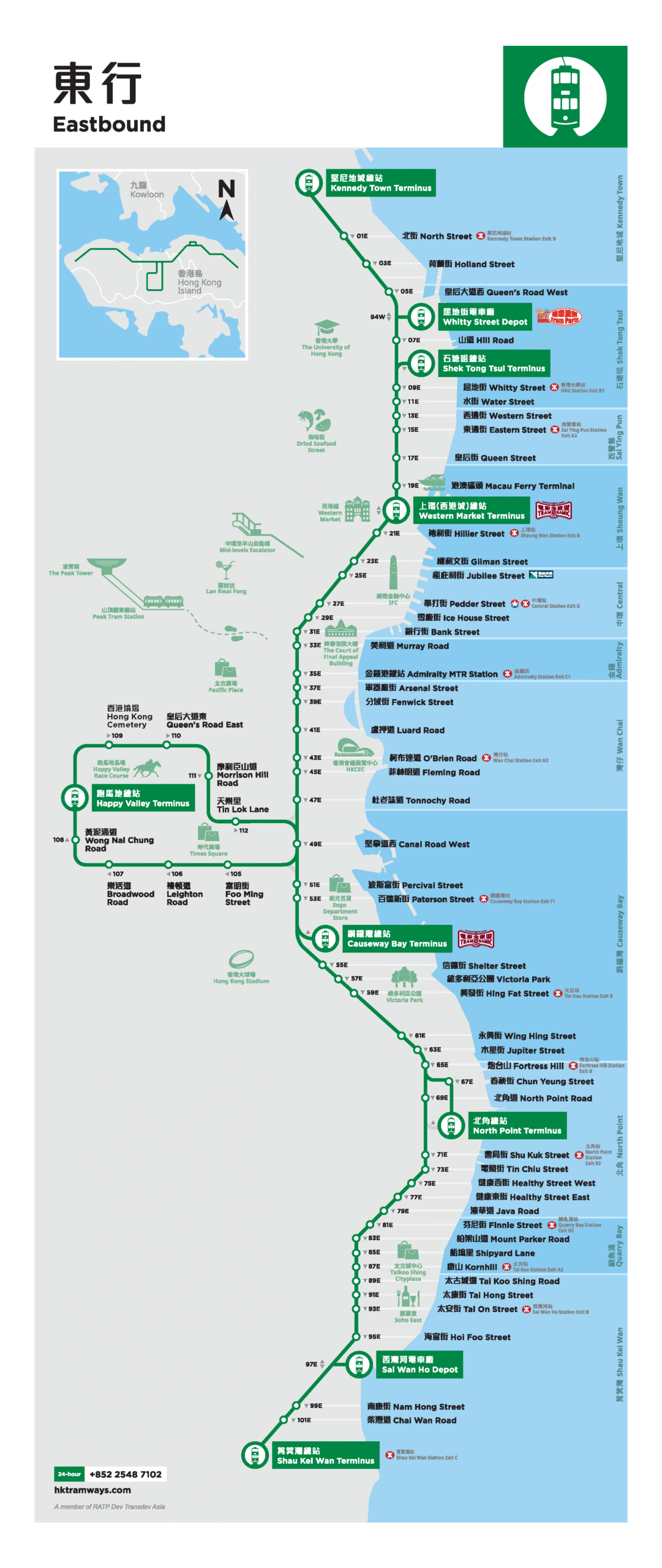
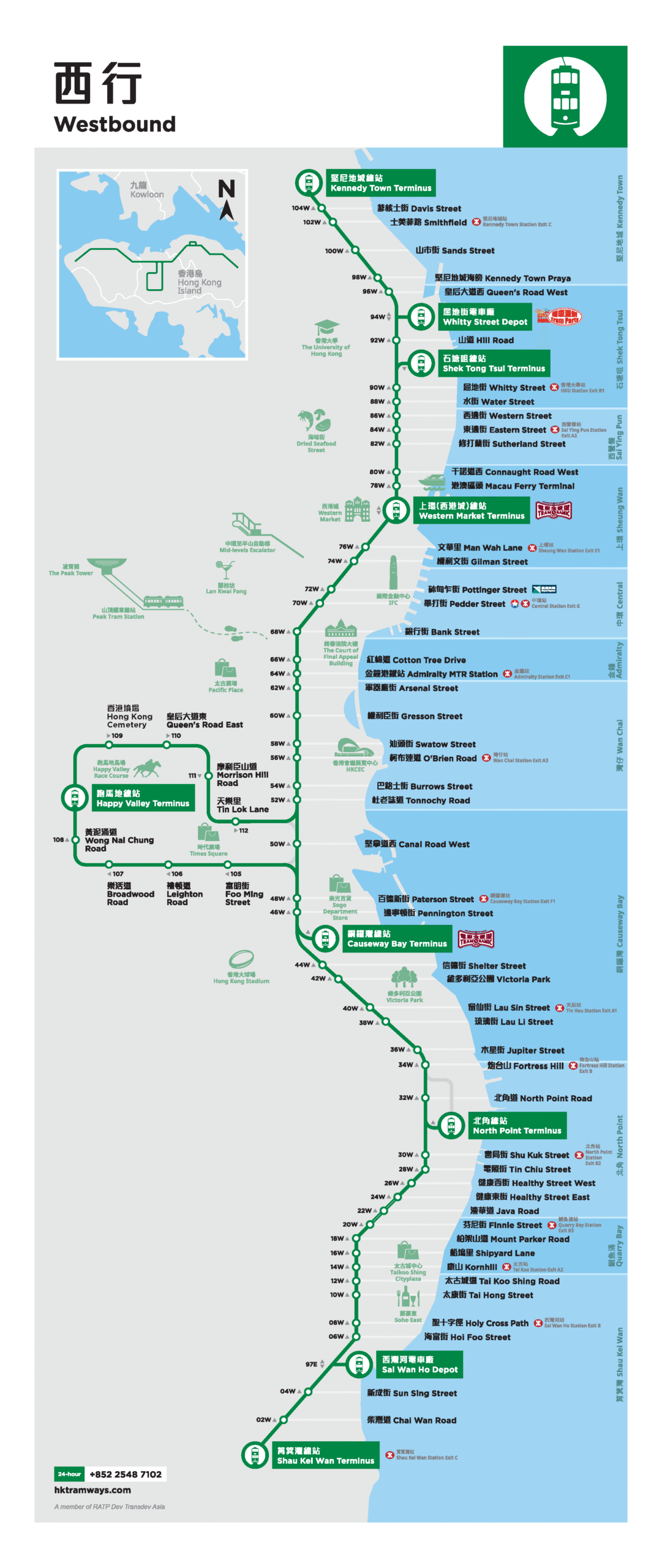
- Trams (the “Ding Ding”) – A Ride Through History
On Hong Kong Island, you can step back in time by riding the beloved trams, affectionately nicknamed the “Ding Ding” for the chiming bell they use . Hong Kong’s double-decker trams have been trundling along the northern shore of the island since 1904, and they’re still going strong . These rattling streetcars run east-west from Kennedy Town through Central, Wan Chai, Causeway Bay, all the way to Shau Kei Wan, with a branch to Happy Valley . Locals and tourists alike adore the tram for its old-world charm and ultra-cheap fare.
Hong Kong’s iconic double-decker trams, known as “Ding Dings,” still glide through busy city streets – a charming and inexpensive way to sightsee .
Fare & Payment: Riding the tram is arguably Hong Kong’s best bargain. It’s a flat fare for any distance – just HK$3.30 (about US$0.40) for adults. Children and seniors pay about half that. You pay when you get off: Board at the rear of the tram, enjoy the ride, and as you exit at the front, drop coins in the fare box or tap your Octopus card on the reader . If paying cash, have exact change; no change is given on trams . (Don’t worry if you forget – many locals fish out coins while the tram is en route.) All trams accept Octopus, and nowadays they even accept contactless payments like credit cards or mobile wallets if needed – but Octopus or coins remain the simplest.
Experience: Tram rides are leisurely – they are not speedy, but that’s the point. They trundle along at about 10-15 km/h, which gives you plenty of time to gaze out at street life. Grab a seat upstairs (if you can snag the very front seat on the upper deck, you’ll have a fantastic view ahead). You’ll pass wet markets, old shophouses, modern skyscrapers, and busy districts all in one ride. It’s especially delightful in early morning or late evening: you might catch local residents going about their routines, or neon signs flickering on at dusk. Avoid rush hour on trams if you can, as they do get crowded with commuters then. During less busy times, you can often have the upper deck almost to yourself, and the breeze through the windows (they’re often open) is refreshing.
Overall, the “Ding Ding” is more than just transport – it’s a moving landmark. It even holds a Guinness World Record for the largest double-decker tram fleet in service . For HK$3 and a bit of patience, you get both a ride and a tour of Hong Kong’s living history. Don’t forget to ding the bell if you’re by the driver’s controls – it adds to the fun (and lets stray pedestrians know you’re coming)!
Tip:
- Want to actually “Ding” the Ding Ding? Look for the little knob by the entry turnstyle/gate and give it a go.
- Look out for tram #120! 120 is the traditional post-war type tramcar. If you get a chance, hop on, head straight for upper deck where the seats are still made of rattan and the windows of wood.
- From now until 30 September 2025, pay with your Visa card to get HK$1 off an adult fare ride.
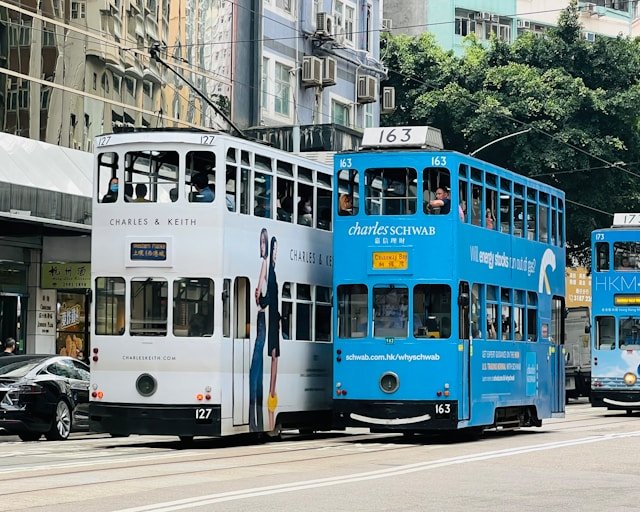
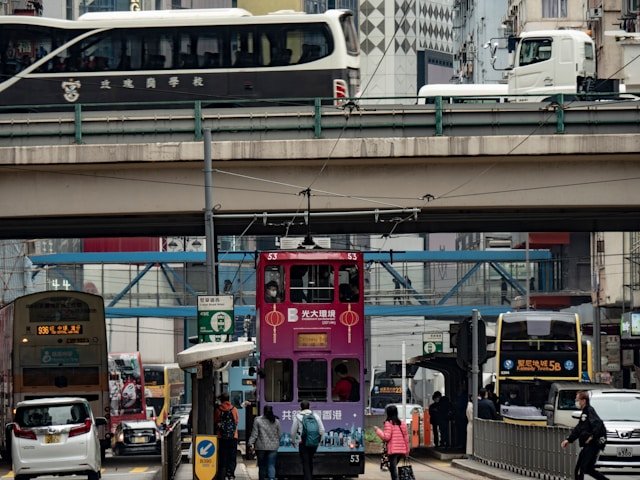
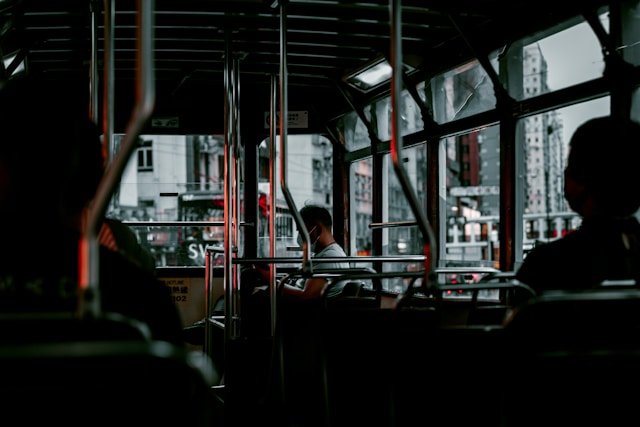
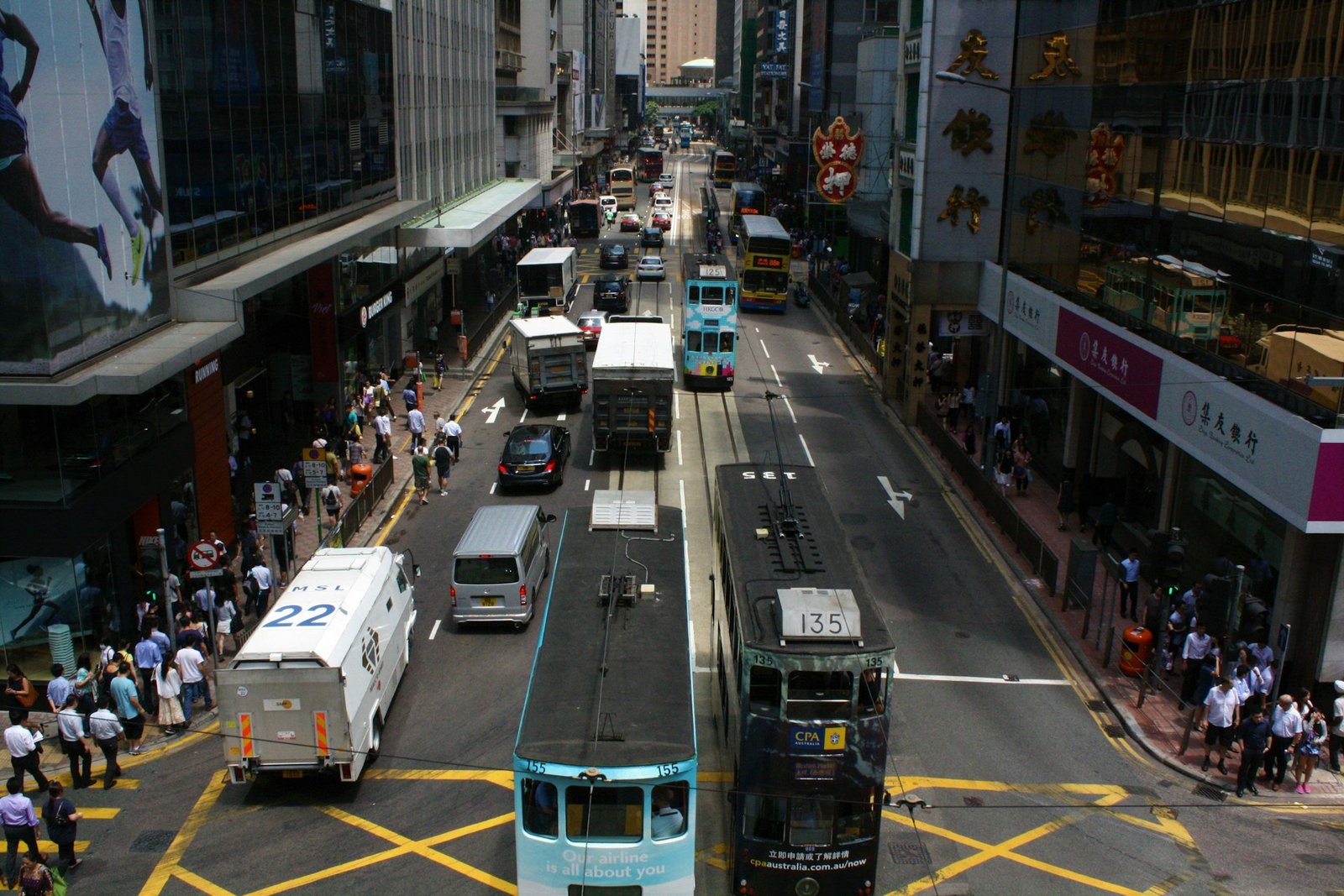
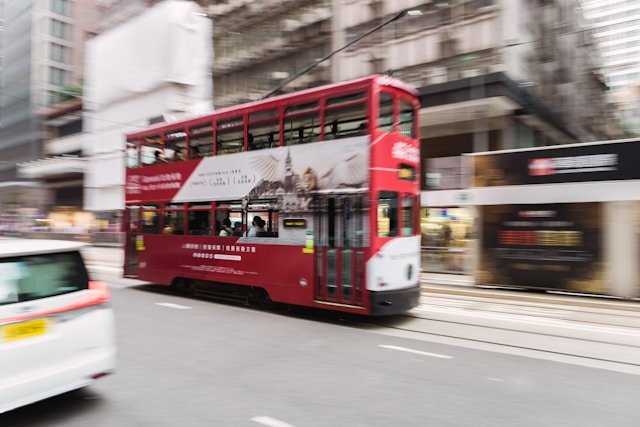
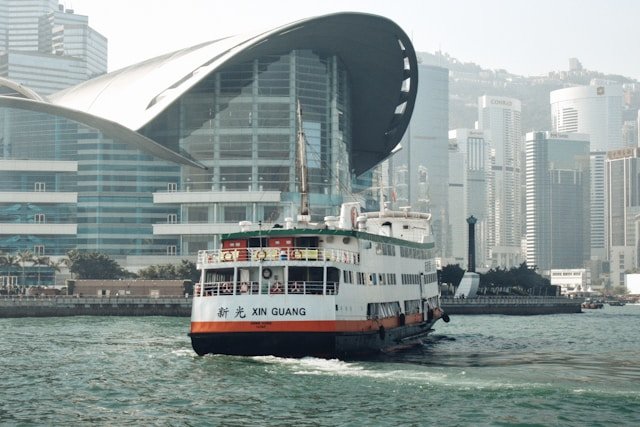
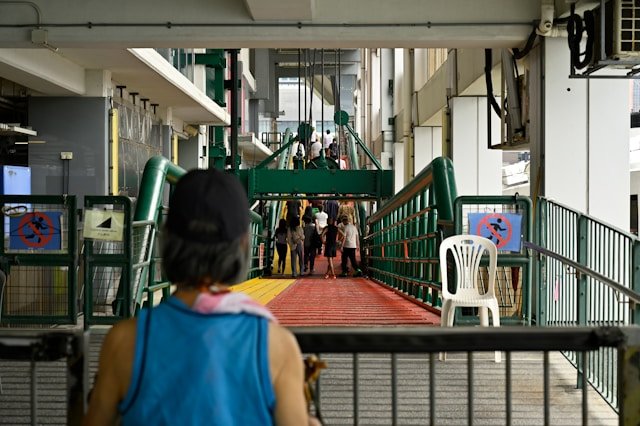
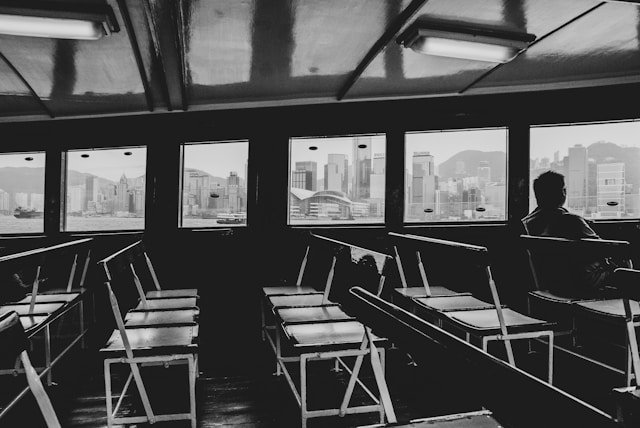
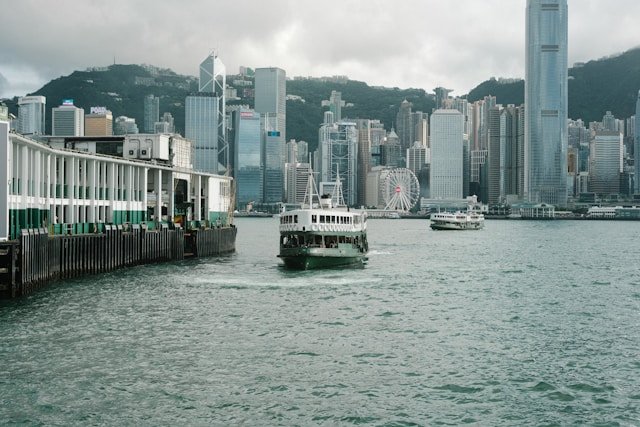
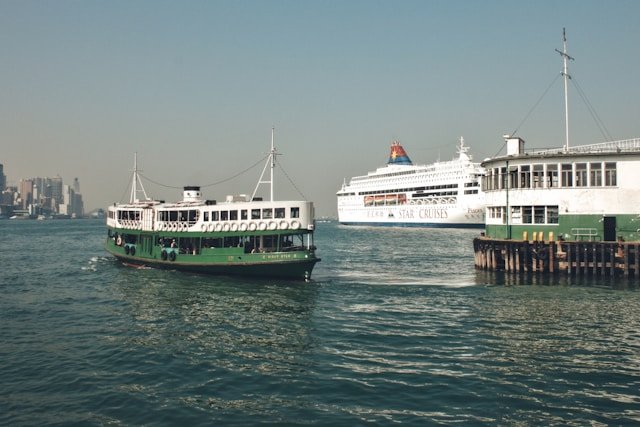
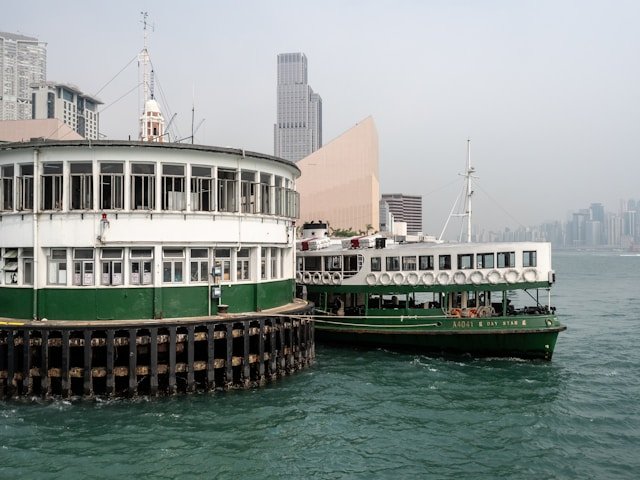
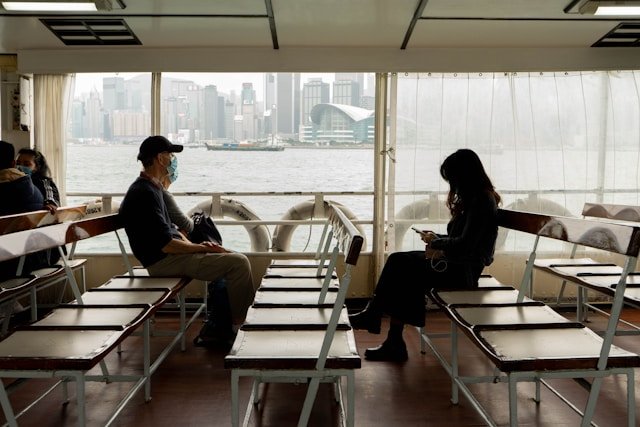
Ferries – Crossing the Harbour in Style
Surrounded by water, Hong Kong naturally relies on ferries to shuttle people across the harbour and to outlying islands. Even if you’re not island-hopping, you must try the Star Ferry at least once – it’s an iconic Hong Kong experience. Ferries connect Hong Kong Island and Kowloon and also link the city to its many Outlying Islands (like Lantau, Lamma, Cheung Chau, and more) .
The iconic Star Ferry carries passengers across Victoria Harbour, offering stunning skyline views for just a few Hong Kong dollars .
Star Ferry (Harbour Crossing): The historic Star Ferry has been carrying passengers across Victoria Harbour since 1888, and it remains as charming (and ridiculously cheap) as ever. It runs between Central (and Wan Chai) on Hong Kong Island and Tsim Sha Tsui in Kowloon, crisscrossing the harbour every 10-15 minutes. A ride gives you spectacular views of the skyline on both sides – skyscrapers, mountains, and open sky. Best of all, a single crossing costs only around HK$3 to HK$4! (There’s a slight fare variation: upper deck costs a bit more than lower deck, and weekends/holidays are a touch higher than weekdays, but we’re talking a difference of maybe HK$0.5) . You pay at the turnstile as you board: either tap your Octopus card or drop the coins in. If you don’t have exact coins, you can buy a token from a machine at the pier with cash . Once on board, grab a seat by the window (or stand at the rail) and enjoy the breeze and view. Tip: The evening sailings are gorgeous – consider taking the Star Ferry at sunset or after dark to see the city lights; it’s truly magical for photographers and romantics alike.
Other Ferries (Outlying Islands): Hong Kong’s ferry piers (primarily in Central, as well as others like Pier 3, 4, 5, etc.) have boats departing to various islands. Planning a beach day or hike on Lamma Island, Cheung Chau, Peng Chau or heading to Lantau Island’s smaller towns? Ferries are your ticket. Most routes have standard ferries (slower, cheaper) and fast ferries (slightly pricier but quicker) . For example, a ferry from Central to Lamma might cost around HK$17 (slow ferry) or HK$25 (fast ferry), one-way. Payment is usually done by buying a paper ticket at the pier or using Octopus at the turnstile, depending on the ferry company. Major ferry operators include Sun Ferry, Hong Kong & Kowloon Ferry, and others . Services are regular throughout the day, but be sure to check the timetable for the last ferry back if you’re having a late dinner on an island – you don’t want to miss the final boat!
Tips: Riding ferries is generally very relaxed. If you’re prone to seasickness, stick to the lower deck or take a standard ferry on rough weather days (they are larger and steadier than the faster catamarans). The Star Ferry crossing is short (about 10 minutes), so even those uneasy on water usually have no problem. On outlying island ferries, try to sit by a window or stand on the open deck at the back – the views of Hong Kong’s skyline receding into the distance, or approaching a green mountainous island, are unforgettable. And don’t be surprised if you see locals commuting with groceries or even pets in tow; ferries are a lifeline for island residents, not just tourists. Finally, keep your ticket handy until you’ve exited the ferry pier at your destination (sometimes you need to show or scan it again to exit). Enjoy the journey – it’s a refreshing break from the city’s bustle.
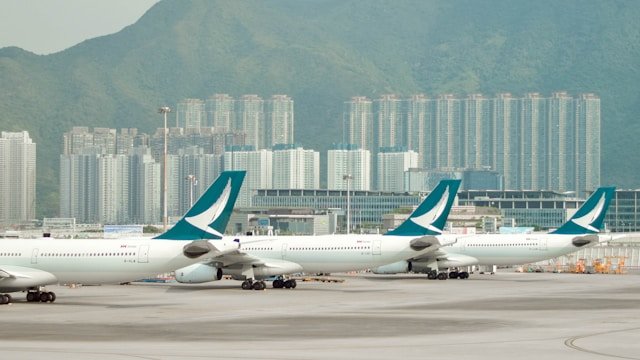
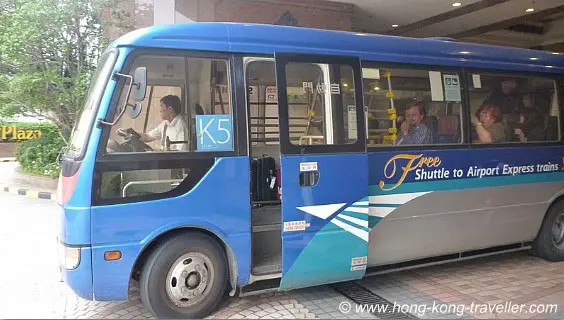
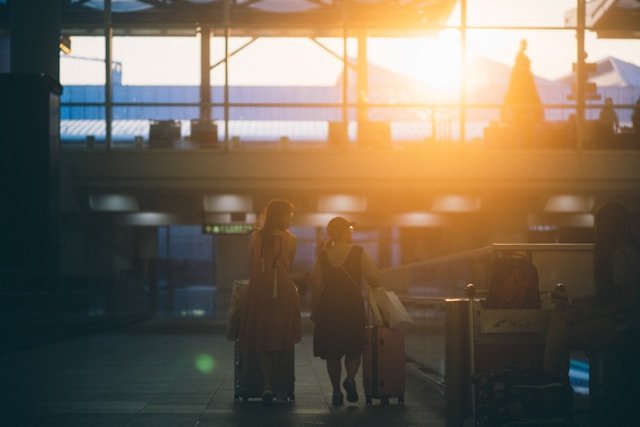
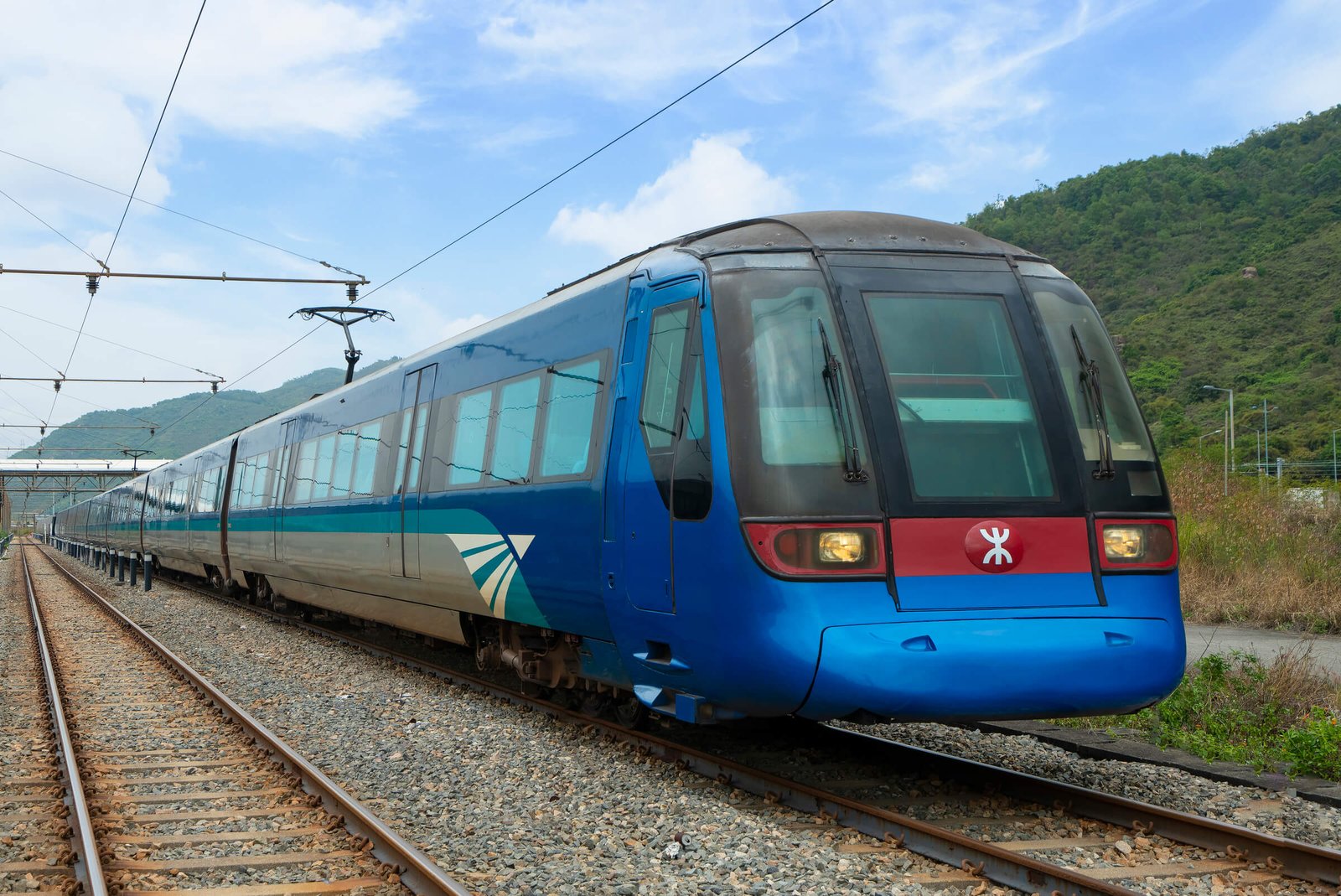
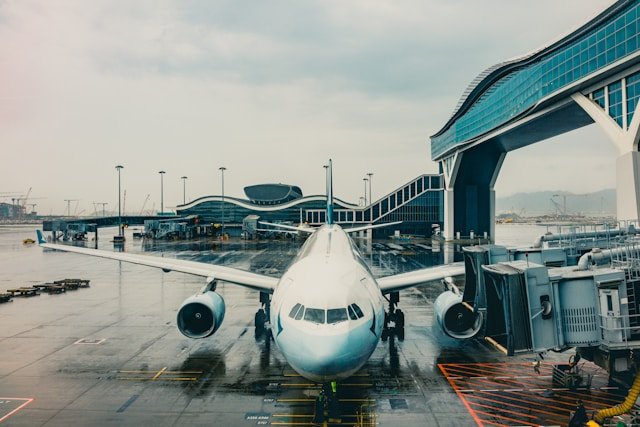
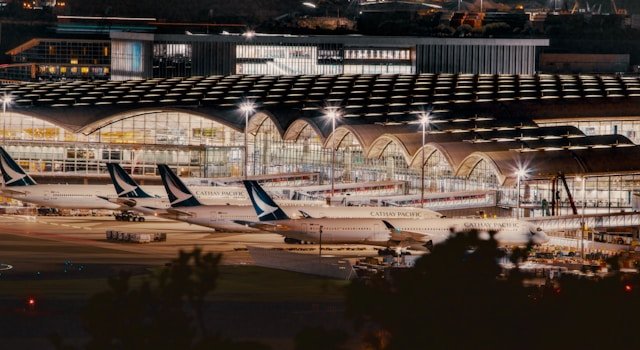

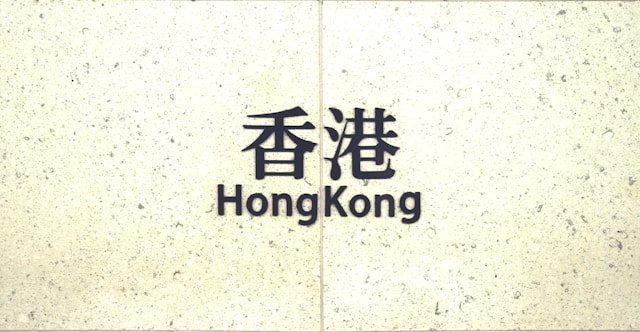
Airport Express & Getting To/From the Airport
If you’re flying into Hong Kong, you’ll be pleased to find it’s easy to get from Hong Kong International Airport (HKG) into the city. There are a few options to suit different budgets and schedules, all very traveler-friendly.
Airport Express Train: The Airport Express is a dedicated high-speed train line by the MTR, and it’s the fastest way into town. In about 24 minutes you can go from the airport to Hong Kong Station (Central) , with stops in between at Tsing Yi and Kowloon. The trains are modern, with plenty of space for luggage, free Wi-Fi, and even charging ports. If you’re staying around Central/Admiralty/Wan Chai or Kowloon (Tsim Sha Tsui/Jordan), this is super convenient. The fare is higher than regular MTR lines – about HK$115 (≈ US$15) for a single adult ride to Hong Kong Station (slightly less if using Octopus, e.g. HK$110). To Kowloon Station it’s around HK$105, and to Tsing Yi (closer to Disney or parts of New Territories) about HK$70 . You can pay by Octopus card (just tap in/out like normal) or buy a ticket at the airport counter or machine. Tip: If you plan a round-trip, look into round-trip tickets or group tickets (for 2 or more people) – the Airport Express often has special deals that can save you money. Also, **if you fly out via certain airlines, Hong Kong and Kowloon Station offer free in-town check-in services – you can drop your baggage at the station and get your boarding pass on the day of your flight, then enjoy the city luggage-free until you head to the airport!
Airport Buses (Airbus): A more budget-friendly (and scenic) option are the “A” route buses from the airport. These double-decker airport buses cost around HK$30–$40 depending on your stop, which is roughly one-third the price of the Airport Express. They take about 45–70 minutes to reach the city, depending on distance and traffic. For example, the popular A11 bus goes to Central/Admiralty via Causeway Bay, A21 goes to Tsim Sha Tsui and Mong Kok, etc. The buses have luggage racks and are comfortable for the ride. You’ll get a lovely view when the bus crosses the Tsing Ma Bridge from Lantau Island – a bonus for first-time visitors. Just tap your Octopus or pay cash (exact change) when you board . If you’re arriving late at night, note there are also overnight “N” buses (e.g. N21, N11) that run after midnight when the Airport Express has stopped.
Taxis: Taxis in Hong Kong are plentiful and relatively affordable compared to many big cities. From the airport, a taxi to central Kowloon might run around HK$250, and to Hong Kong Island around HK$300–350, plus tolls. If you have lots of luggage or arrive in the wee hours, a taxi is the door-to-door solution. Just follow the signs to the taxi stand outside Arrivals. There are three colors of airport taxis – red (urban HK/Kowloon), green (New Territories), and blue (Lantau only) – choose the one for your destination region (most likely red for main tourist areas). All taxis are metered and accept cash; a growing number also accept electronic payments like credit cards or Octopus , but it’s not yet universal, so having cash is safest.
Ride-hailing & Hotel Shuttles: Hong Kong has Uber and local ride-hailing apps, but they’re not as common as taxis. Some hotels also provide shuttle buses. These options might be useful for those with specific needs or lots of bags, but for most first-timers the Airport Express or airport bus will do the trick.
Tip: If you take the Airport Express to Hong Kong or Kowloon Station, there are free shuttle buses from those stations to major hotels and areas (look for the signs for shuttle routes). And when heading back to the airport, try to avoid peak traffic hours if taking a road transport – the Lantau link can get a bit congested around 6–7pm on weekdays. Overall though, airport transport in Hong Kong is a breeze – you can land and be in the city in as little as half an hour, or enjoy a relaxed bus ride with a view. Welcome to Hong Kong!
Handy Tips for Happy Travels
Get an Octopus Card: This stored-value smart card is your best friend for Hong Kong transit. It works on all MTR lines, buses, ferries, trams, and even for purchases in convenience stores and more . You can buy an Octopus at the airport or any MTR station for a small deposit (HK$50, refundable) , top it up with cash, and tap away. It saves you fiddling with coins and earns small discounts on some fares. (If you don’t want to keep the card, you can return it to get your remaining balance and deposit back, minus a HK$9 fee .) Many tourists now also use a Mobile Octopus on their smartphone or even use credit cards for one-tap payment – but for ease, a physical Octopus card is simple and widely accepted everywhere.
Use Apps or Maps: Hong Kong’s transport network is dense, but tools like Google Maps and the official HKeMobility app will route you easily. Just enter your destination, and you’ll get options with exact bus numbers, MTR lines, stops, and even fare estimates. The HKeMobility app is an all-in-one journey planner covering MTR, buses, minibuses, trams, ferries, traffic conditions and more – super handy to have on your phone. Stations also have plenty of maps and customer service counters if you need help.
Avoid Peak Crowd Times: As mentioned, try to travel outside the busiest hours (weekday mornings ~8am-9am and evenings ~6pm). Not only will you have a more comfortable ride, but you’ll also get to actually see out the windows! If you must travel then, allocate a bit of extra time and stay patient – Hong Kong crowds move efficiently. Also, if a train or bus is packed, the next one is usually just minutes behind.
Mind the Etiquette: Hong Kongers generally queue for transport and give up seats to elderly or disabled passengers. On escalators, stand on the right, walk on the left. Inside the MTR, you’ll hear “Please mind the gap” and see arrows for where to stand – let passengers exit before you enter the train. And as a rule, no eating or drinking on public transport (it’s actually enforced by fines). You’ll also notice people don’t talk loudly on their phones in the quiet MTR – a little courteous hush goes a long way.
Explore and Enjoy: Don’t be afraid to try different transport modes. Take a tram ride to experience old Hong Kong charm, hop on a ferry for a mini harbor cruise, or catch a bus to the south side beaches. Public transport here is not just about getting from A to B, it’s part of the Hong Kong adventure. You’ll likely find it safe, clean, and remarkably cheap compared to many cities.
With this guide in hand, you should feel confident and excited to explore Hong Kong’s vibrant neighborhoods using its fantastic public transit network. So grab your Octopus card, head to the nearest station or stop, and get ready to discover Hong Kong – one ding-ding, bus beep, or “doot” (the Octopus sound) at a time. Happy travels!


